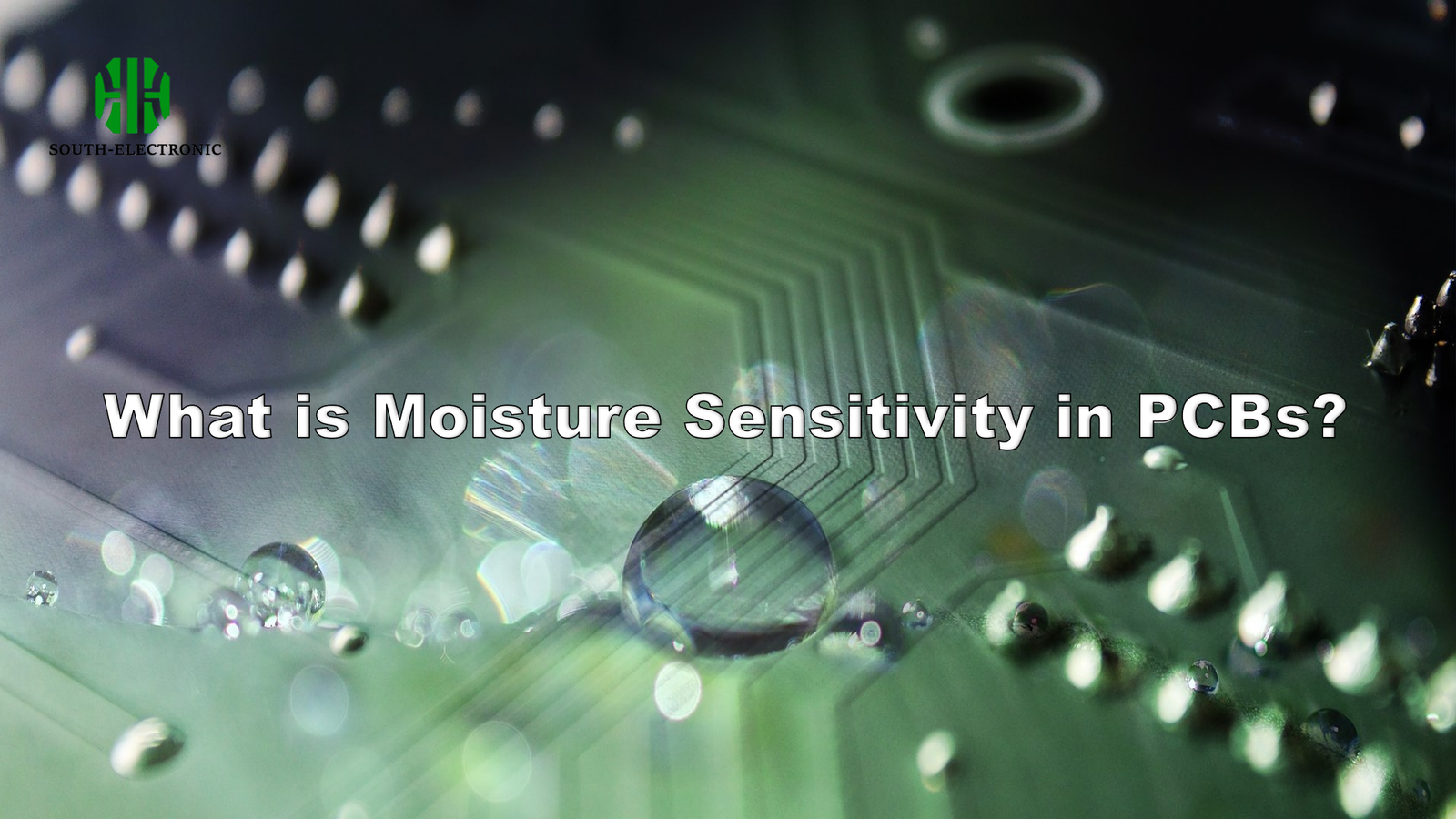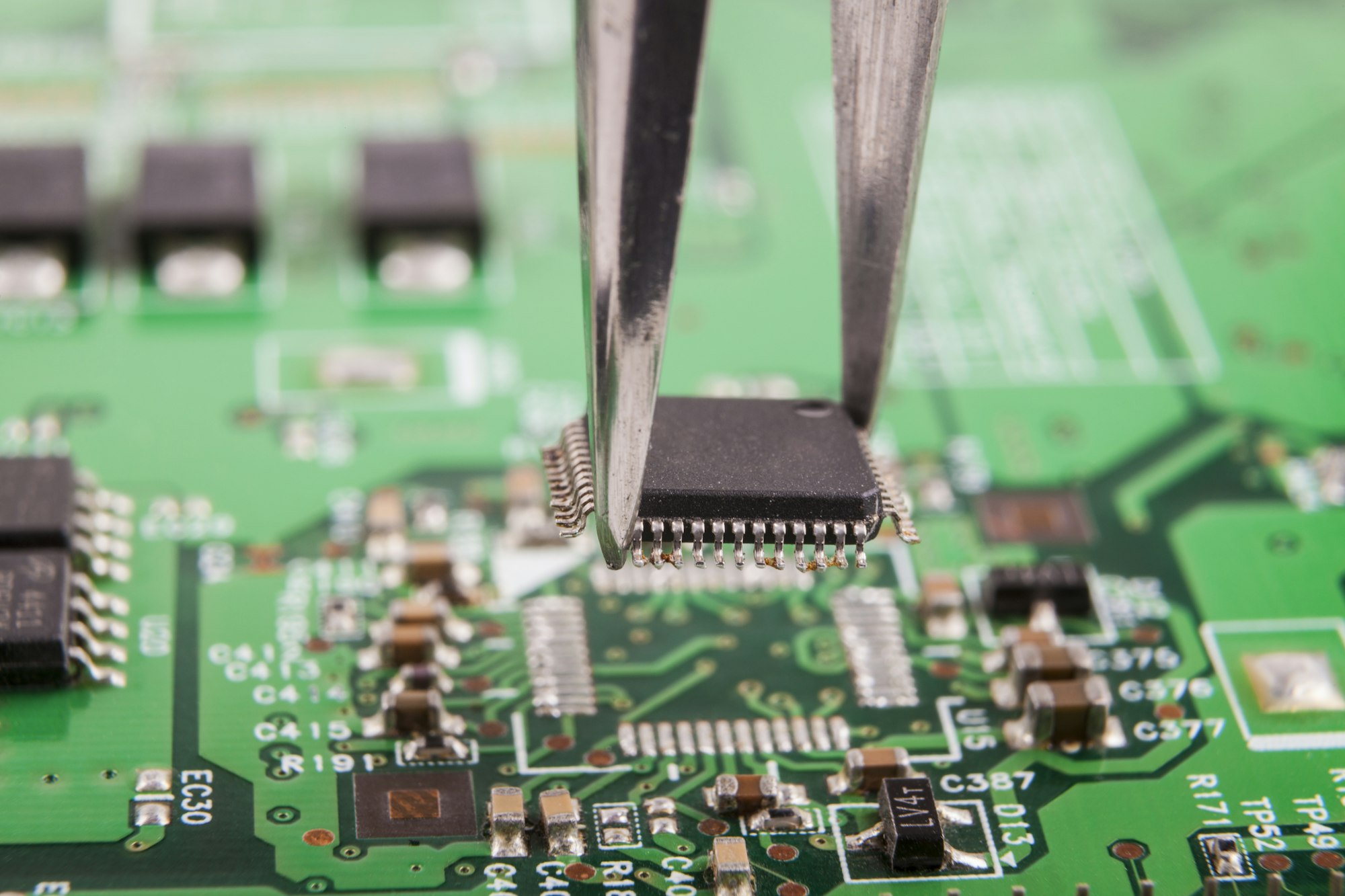PCB manufacturers fear moisture more than dust. A sunset-humid factory floor can sabotage months of R&D. Discover why your circuit boards secretly adsorb humidity like sponges.
Moisture sensitivity[^1] describes PCBs' tendency to absorb atmospheric humidity, causing air bubbles (delamination) or component explosion ("popcorning") during soldering. Hygroscopic materials[^2] like laminate substrates and epoxy resins require strict MSL ratings (IPC/JEDEC standards) for proper storage and assembly.
)
But why does this water war matter? Let’s dissect how invisible moisture molecules physically and chemically sabotage electronic assemblies - and how you can stop them.
Why Does Moisture Damage PCBs? Causes and Chemical Reactions
Imagine bottled water expanding 1,700× when boiling. Now picture that violence happening inside your IC chip during reflow soldering. Moisture destroys via three pathways.
Trapped moisture vaporizes during thermal processes, creating steam pressure that cracks materials. Hydrolysis reactions degrade resins and soldermasks, while metallic electrochemical migration causes short circuits. Copper oxidation and glass fiber swelling worsen structural damage.
)
Physical/Chemical Destruction Breakdown
Two damage modes occur when moisture meets heat:
| Mechanism | Affected Materials | Resulting Defects | Temperature Threshold |
|---|---|---|---|
| Vapor Expansion | FR-4, solder mask | Delamination, pad cratering | 100°C (212°F) |
| Hydrolysis | Epoxy resins | Ionic contamination, capacitance | 85°C/85% RH |
| Electro-migration[^3] | Copper traces | Dendrite growth, leakage current | Ambient humidity |
During reflow (220-260°C), absorbed water converts to steam in milliseconds. FR-4 laminate expands 300 ppm/°C, but copper only 17 ppm/°C - creating shear stresses that peel layers apart ("popcorning"). BGA packages show 31% higher failure rates when exposed to 60% RH pre-assembly.
Soldermask hydrolysis produces carboxylic acids that corrode pads. Ionized contaminants lower insulation resistance - I've seen 10^6Ω boards drop to 10^3Ω after 72hr humidity testing. Baking at 125°C for 12hrs reactivates latent flux residues, worsening dendrite growth.
What Are the Signs of Moisture-Sensitive PCB Failure? (Delamination, Popcorning)
Hear crackling sounds during soldering? That's your PCB screaming. Spot these defects before functional tests fail.
Visible signs include bulging layers, white spots (delamination[^4]), blown capacitors, and exposed fiberglass ("measling"). Electrical symptoms involve intermittent connections, leakage current spikes, and impedance deviations ≥15%. X-ray scans reveal 50-200µm steam voids under BGAs.
)
Failure Mode Identification Table
| Symptom | Mechanism | Detection Method | Criticality |
|---|---|---|---|
| Audible pops | Steam eruption during reflow | Acoustic monitoring | Immediate |
| Surface blistering | Localized delamination | 10x microscopy | High |
| IR failure | Ionic contamination | SIR testing (IPC-TM-650) | Moderate |
| Drop/shock faults | Cracked vias/pads | CSAM (C-mode scanning) | Severe |
Cross-section analysis shows 92% of "popcorning[^5]" defects originate at resin-rich areas between copper layers. Delamination starts as 10-50µm voids detected via ultrasonic imaging. Measling (whitened glass fibers) indicates 0.1%+ moisture content.
One client's IoT modules failed FCC testing - turns out 6% capacitance variance stemmed from hydrolyzed soldermask altering dielectric constants. Post-baking reduced failures by 78%.
How to Prevent Moisture Damage: Baking, Dry Packaging & IPC Standards
You can't eliminate humidity, but smart packaging and 125°C ovens turn moisture-sensitive components[^6] into stable workhorses.
IPC/JEDEC J-STD-033D mandates baking PCBs at 125°C for 4-28hrs based on thickness, then sealing them in ≤5% RH dry packs with desiccant and humidity indicator cards. MSL levels (1-5A) dictate maximum floor time exposure.
)
Moisture Defense Protocol[^7]
Step 1: MSL Classification[^8]
Assign components per IPC-1601:
| MSL Level | Floor Life (≤30°C/60% RH) | Baking Requirement |
|---|---|---|
| 1 | Unlimited | None |
| 2A | 4 weeks | 40°C @ 5% RH for 48hrs |
| 5A | 24hrs | 125°C for 24hrs |
Step 2: Dry Storage
- Nitrogen cabinets (10% RH)
- Desiccant: 20g per 1L volume
- Moisture barrier bags: ≤0.01g/100in²/day WVTR
Step 3: Controlled Assembly
- SMT lines <40% RH
- Limit exposure: MSL3 = 168hrs max
At our Shenzhen facility, implementing J-STD-033[^9] reduced moisture-related defects from 12.7% to 2.3% in Q1 2024. Critical aerospace boards get vacuum-sealed with oxygen scavengers for long-term storage.
Conclusion
Moisture attacks PCBs chemically and physically. Control humidity via MSL protocols, proper baking, and hermetic packaging - your IoT devices will thank you during monsoon season.
[^1]: Understanding moisture sensitivity is crucial for PCB manufacturers to prevent defects and ensure product reliability. Explore this link for in-depth insights.
[^2]: Learn about hygroscopic materials and their impact on PCB performance, which is vital for effective design and manufacturing processes.
[^3]: Electro-migration can lead to serious failures in PCBs. Discover prevention strategies to enhance the longevity and reliability of your circuits.
[^4]: Understanding delamination is crucial for PCB reliability. Explore this link to learn about its causes and prevention methods.
[^5]: Popcorning can lead to significant failures in PCBs. Discover effective strategies to prevent this issue by exploring this resource.
[^6]: Protecting moisture-sensitive components is vital for device longevity. Check this link for best practices and guidelines.
[^7]: Understanding the Moisture Defense Protocol can help you minimize defects in electronic components, ensuring better performance and reliability.
[^8]: Exploring MSL Classification will provide insights into moisture sensitivity levels, crucial for preserving electronic components during storage and assembly.
[^9]: Learning about J-STD-033 can enhance your knowledge of moisture control standards, helping to reduce defects in electronic manufacturing processes.



